I walk. And sometimes whilst walking I take pictures. Not professionally. No, professionally I act as an intermediary of sorts between technical and non-technical people. I explain to non-technical people what went wrong when something breaks and I explain to technical people new features in their work that would add some sort of value to the business. Or at least that is my goal. It’s not as though I am a disinterested third party. Quite the contrary. I am dependent on everyone else in order for my own work to be successful. Individually we all have our strength and purpose, but we are better together.
When communicating ideas between people, brevity can be a valuable tool. That is why I walk. I have a lot of thoughts and walking as I mentally prepare for a meeting can allow me time to cull and organize my thoughts. Clarity is also particularly important. If you can show someone how something works versus explaining it to them, many tend to catch on more quickly. So for my work I rely heavily on flowcharts and poorly drawn decision matrices on corporate whiteboards. For my work involving communication, I often ask myself “How can I present this visually?”. This is also why I take pictures. Seeing helps me understand the complexity that lies beneath the surface. A picture is worth a thousand words, right?
My city has a complicated past. It only exists because of a geological oddity whereby it is the only place on earth where limestone, coal and iron ore are available naturally in ample supply and in close proximity. As the country began to recover after the Civil War and the industrial revolution kicked into high gear; the ability to forge steel without the need to source materials from disparate regions made Birmingham a logical spot to build a steel-making empire. Limestone and coal and iron ore have strength and purpose individually, but as the constituent ingredients for making steel, some would argue they are better together.
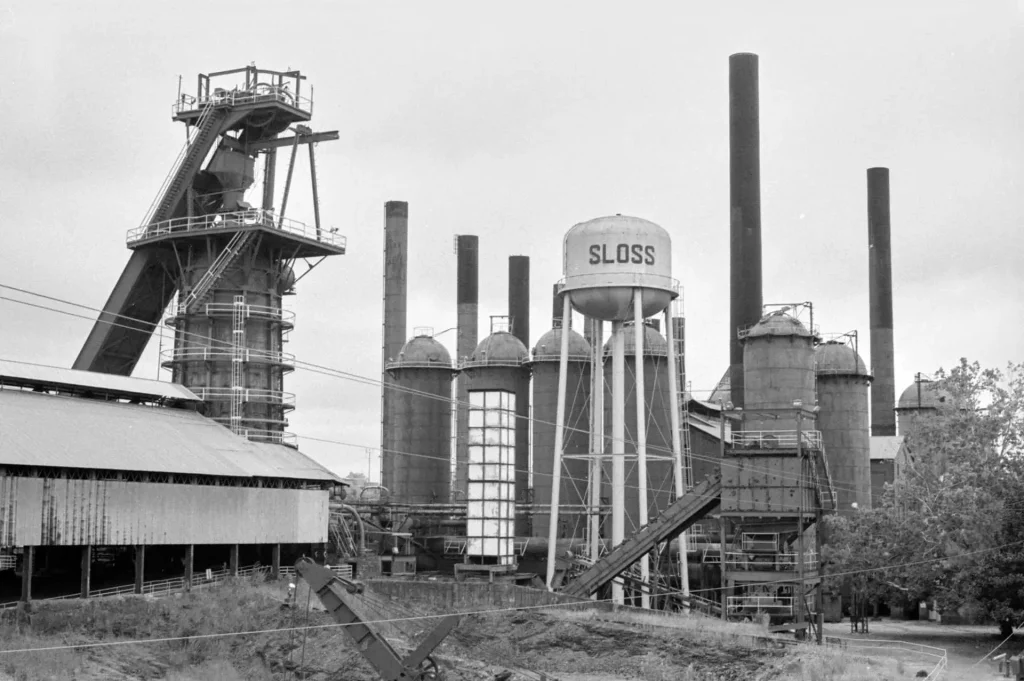
Making steel at the beginning of the industrial revolution was a valuable business. Birmingham grew so quickly that it became known as the Magic City. The explosive growth offered a war-torn region an opportunity for purpose and recovery. Jobs were available and workers were needed. There was opportunity. The opportunities were not equally distributed though. The higher paying jobs, shopping in the finest stores downtown, eating in the best restaurants, staying at the nicest hotels, even more basic amenities like drinking from a water fountain or using a restroom – were segregated. And not in a subconscious way. In a legal way. It was a small step forward from where the region had been, and an uneasy peace in the steel city was forged for a time. But it is hard these days to imagine that anyone would objectively observe the situation and call it equal.
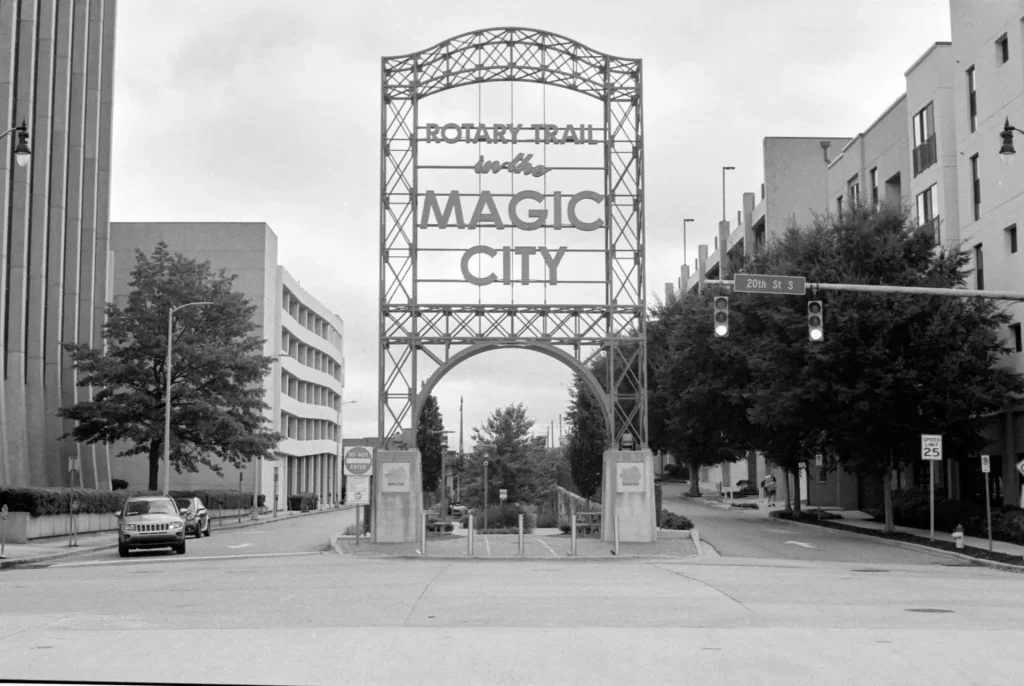
Change is inevitable. It may come along quietly or with much fury, but it will come. Martin Luther King was in jail in Birmingham in April 1963 for breaking a law against parading without a permit. Some local religious leaders asked why he was in Birmingham at all, and why he was breaking the law as a man of God. Surely there was change that would make things more equal coming anyway, so why ‘stir up all the trouble’? In the letter he wrote in reply to them, he explained that “There comes a time when the cup of endurance runs over, and men are no longer willing to be plunged into the abyss of despair”. Generations of even an easy peace cannot hold back the momentum of change. An uneasy peace pushes forward with all of its might.
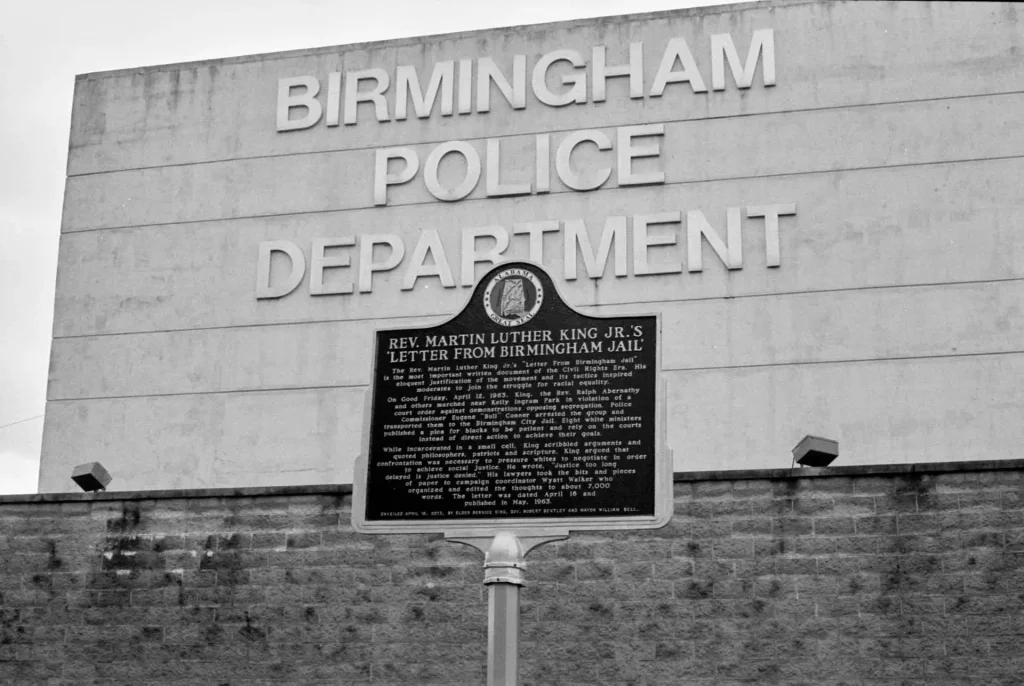
Economic boycotts were organized against some of those stores and restaurants that were denying service. Peaceful marches were met with firehoses and police dogs. Children participated and were jailed. Houses were bombed, and sadly, churches were also. Just five months after Dr. King’s letter, the 16th Street Baptist church bombing killed four little girls as they prepared for their Sunday service.
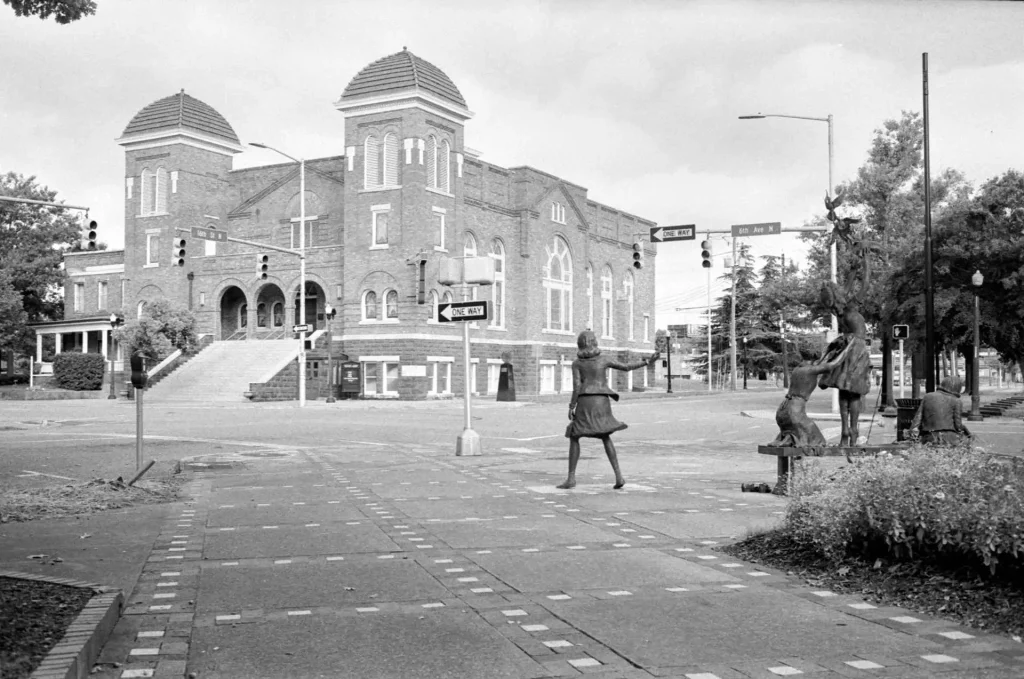
These events all happened before I was born, but they have left their mark on the city. Memorials of lives lost, remembrances from those involved. I can only imagine that during those times there were some who did not understand what was happening or why. After all, the Civil War was over and slavery was ended. The Civil Rights Movement, then, was a second hard-fought battle from which the city had to find the opportunity for purpose and recovery.
It was against this backdrop that I watched the events of May 31, 2020 unfold on television amidst a global pandemic. As had happened in many cities, people had gathered in downtown Birmingham in the wake of George Floyd’s death to protest against social injustice. The cup of endurance had once again overflowed. Over the ensuing days, many of the businesses downtown boarded up their windows. Many of them were former locations of those stores and restaurants that had been targeted by the boycotts in the 1960s.
Sometime later once the lockdown restrictions were loosened, I walked. Downtown. To organize and cull my thoughts. And whilst I walked, I took pictures and asked myself “How can I present this visually?”. What picture could convey the thousand words that would help the city move forward towards the opportunity for purpose and recovery?
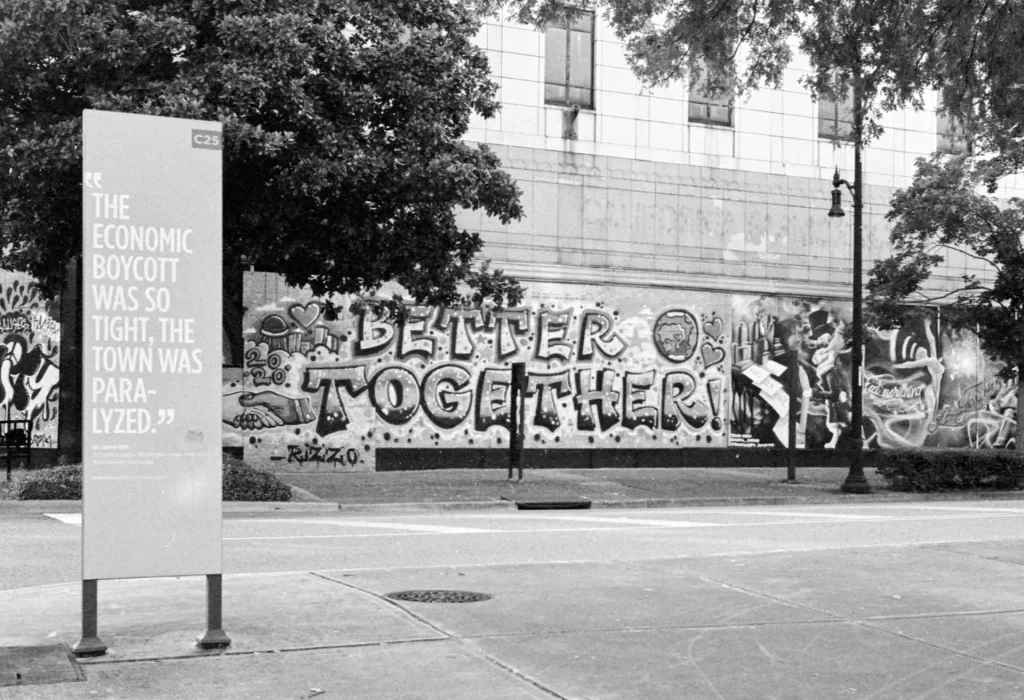
Beyond how photography as a visual medium relates to the communication responsibilities in my work life, it is also very much a cathartic process, a way of interacting with the world in my everyday life and in examples such as this fostering empathy for my fellow man. The evidence suggests that the visual arts in general – be it murals, sculptures or memorials – serve a similar general purpose for others. During normal times, I click the shutter to capture a moment and then the moment and I are connected in time. During abnormal times like these, trying to relate to the people that have come before by visiting the places where they walked the path before me offers me the opportunity to engage with humanity, see different perspectives and learn. All of this I get through photography.
Thank you for reading.
You can find me on Twitter and on Flickr.
Share this post:
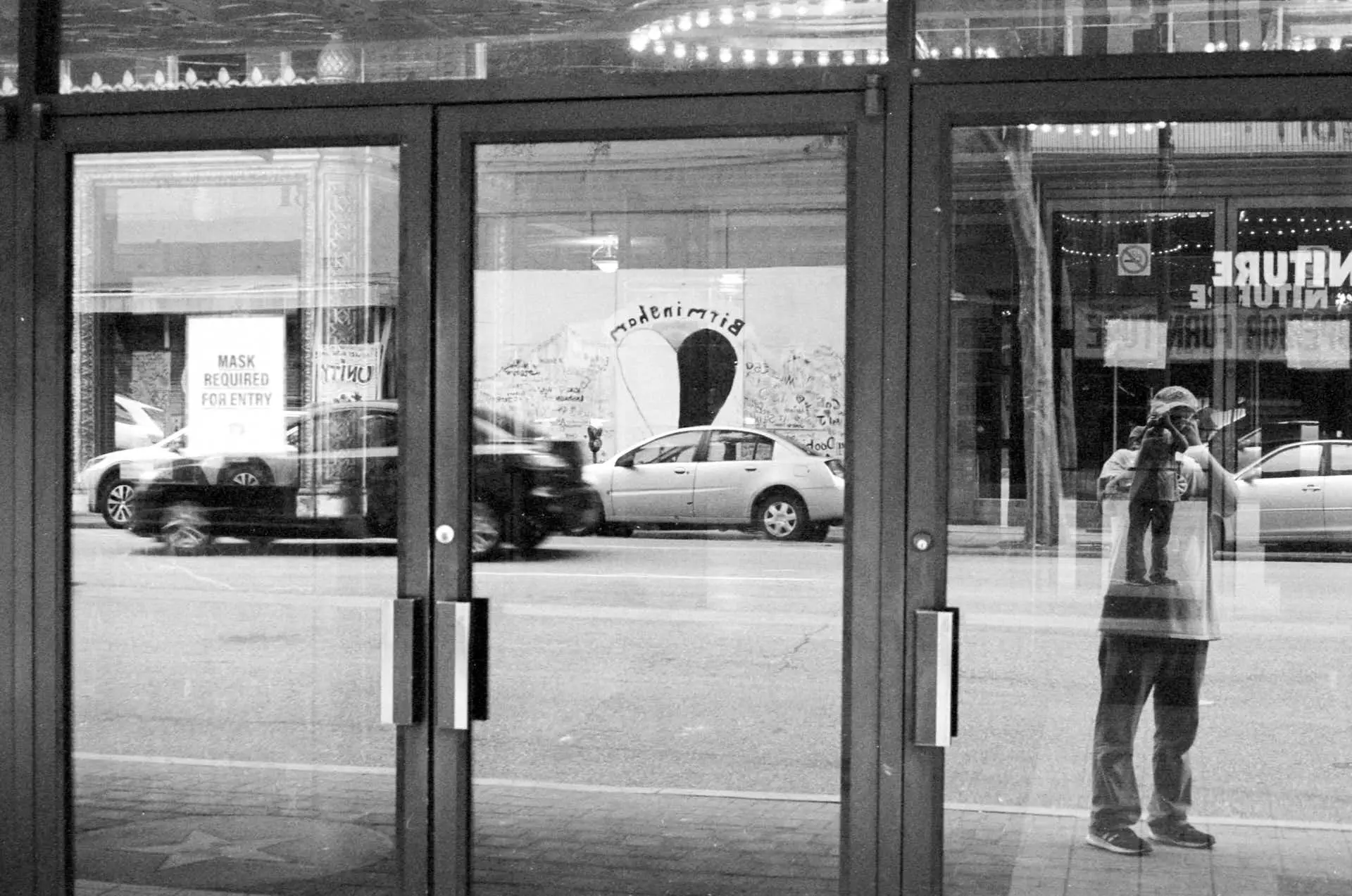








Comments
Charles Bierwirth on Better Together – A City with a Complicated Past – By Billy Stanford
Comment posted: 17/10/2020
Comment posted: 17/10/2020
Lilianna Diane Elrod on Better Together – A City with a Complicated Past – By Billy Stanford
Comment posted: 17/10/2020
Comment posted: 17/10/2020
Graham Spinks on Better Together – A City with a Complicated Past – By Billy Stanford
Comment posted: 17/10/2020
Comment posted: 17/10/2020
David Hume on Better Together – A City with a Complicated Past – By Billy Stanford
Comment posted: 18/10/2020
Comment posted: 18/10/2020
Aloy Anderson on Better Together – A City with a Complicated Past – By Billy Stanford
Comment posted: 18/10/2020
Comment posted: 18/10/2020
Clive W on Better Together – A City with a Complicated Past – By Billy Stanford
Comment posted: 19/10/2020
Comment posted: 19/10/2020
Sroyon on Better Together – A City with a Complicated Past – By Billy Stanford
Comment posted: 25/10/2020
Comment posted: 25/10/2020